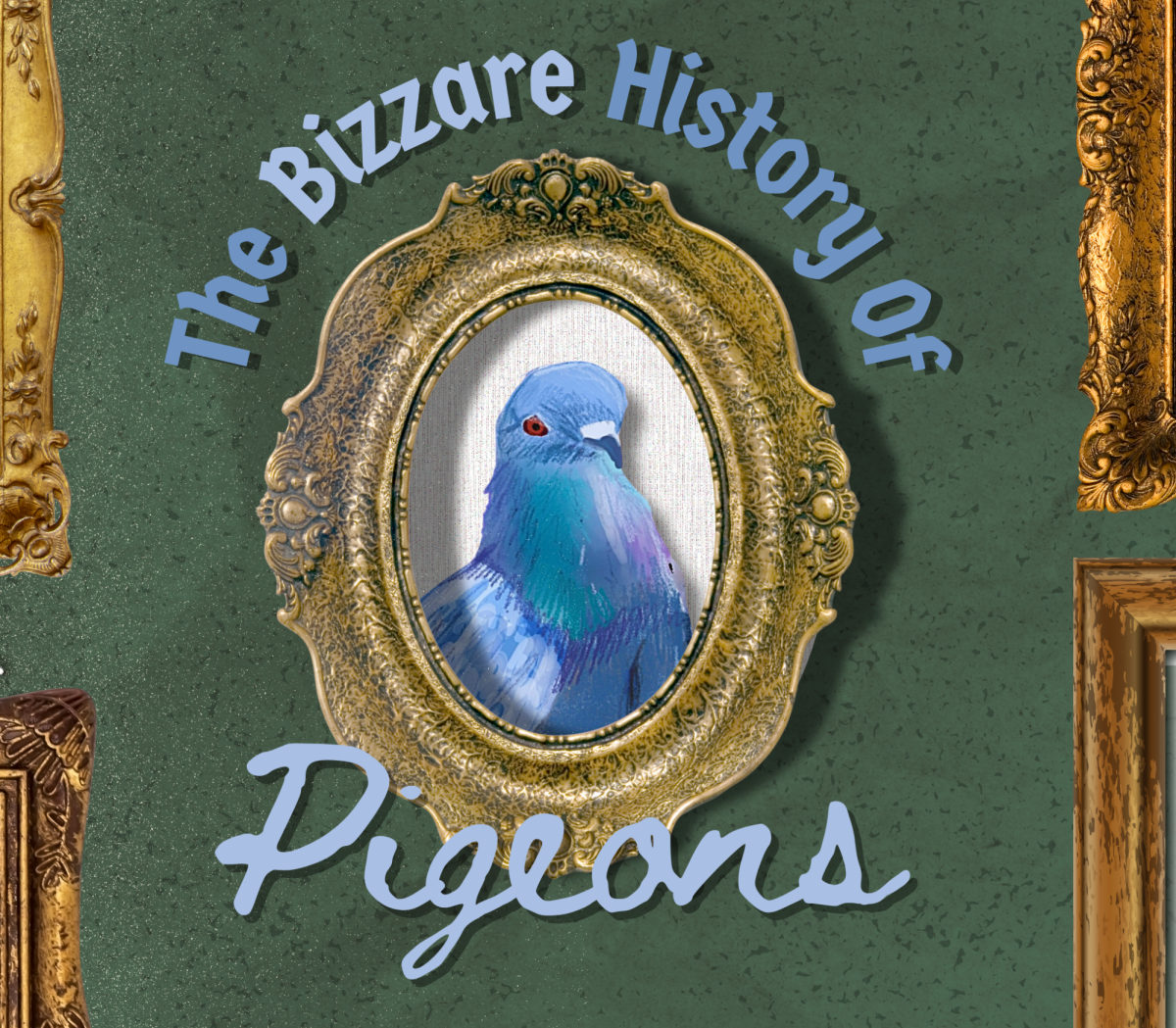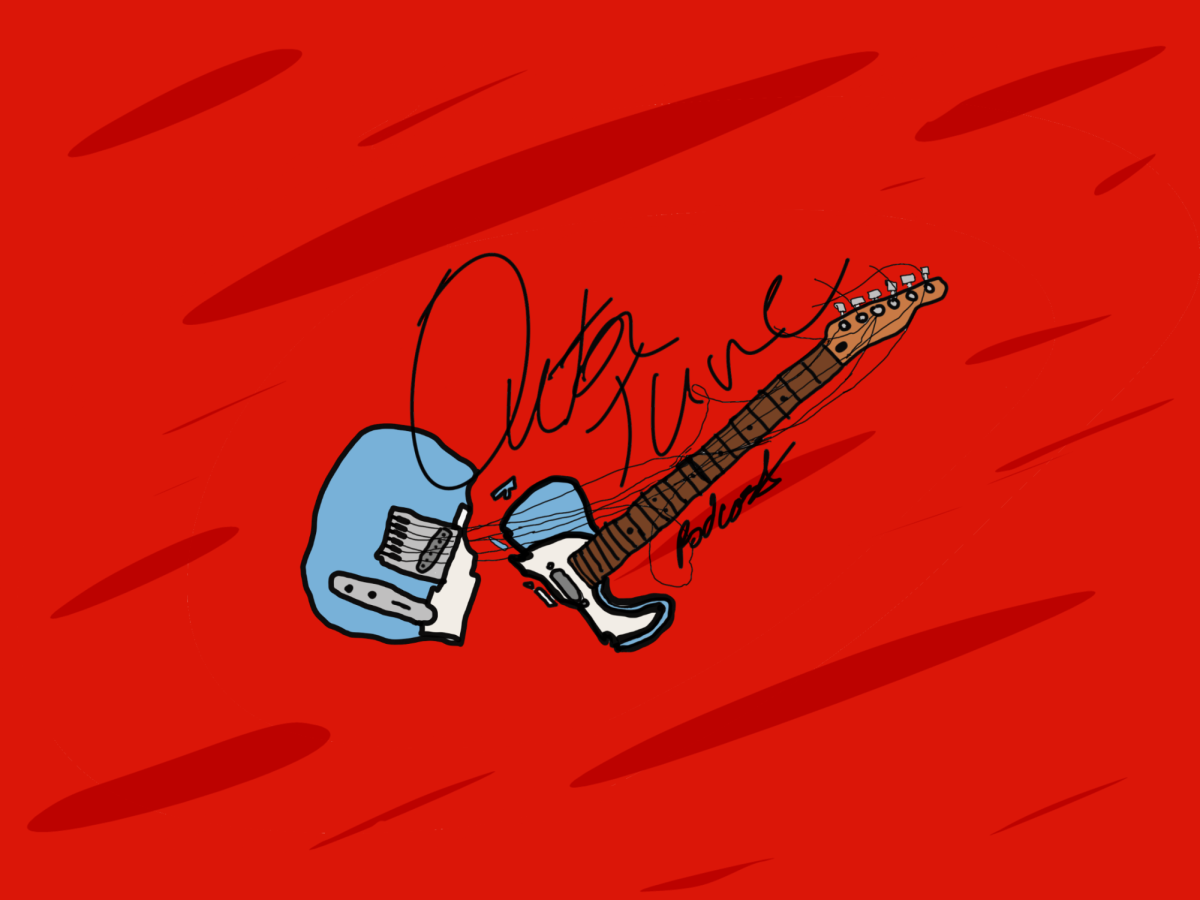I’ve always been fascinated by going down rabbit holes—those deep dives where one simple question can spiral into a web of intriguing discoveries. This month, I stumbled upon a seemingly simple question: Why did people use pigeons in the olden days? What began as a curiosity about these birds quickly turned into a research paper worth of information I learned. From their role in ancient civilizations to their military service in the world wars, pigeons have had an intriguing place in history. So. i’ll be sharing all I know about pigeons and why they are such an interesting, and vital, part of history.
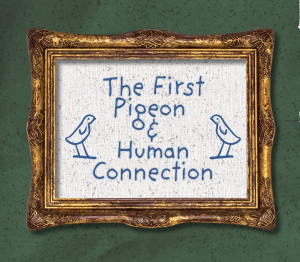
Ancient Beginnings: The First Pigeon-Human Connection
Pigeons, specifically rock doves (Columba livia), are one of the oldest domesticated birds. Fossil evidence suggests they have existed for millions of years, with early humans noticing their intelligence and homing abilities. The first recorded interactions between pigeons and humans date back 5,000 to 10,000 years in the Middle East, where they were bred for food, communication, and even religious purposes.
In ancient Egypt, pigeons were considered sacred and were often carved into temple walls as symbols of divinity. Some tombs even contained pigeon remains, leading historians to believe that they played a role in religious rituals. In Mesopotamia and Persia, traders used pigeons as living letters, sending messages between cities long before the invention of paper mail. They did this by tying a small piece of paper to a trained pigeon and sending it back “home”. Greek city-states employed pigeons to announce Olympic winners, while Roman generals relied on them to deliver battlefield communication. Their ability to find their way home, even from hundreds of miles away, made them invaluable messengers.
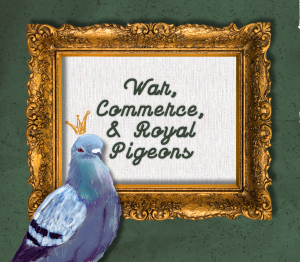
The Middle Ages: War, Commerce, and Royal Pigeons
During the Middle Ages, pigeons became vital to military and commercial communication. Islamic empires, including the Caliphate of Baghdad, maintained extensive pigeon messaging networks to transport news and battle strategies across vast territories. Pigeon posts became an essential tool for rulers and merchants who needed rapid communication.
Meanwhile, European nobles built dovecotes—large pigeon houses—to keep pigeons for food, fertilizer, and emergency message delivery. In fact, their droppings were such a valuable resource for fertilizer, people would wait around pigeons to collect it. Some of these pigeon towers still stand today, a testament to their importance in medieval life. Marco Polo even noted that Genghis Khan used pigeons to maintain control over his sprawling empire, ensuring his armies could relay information across thousands of miles.
The Rothschild banking family famously used pigeons in the 19th century to receive stock market news before anyone else. By gathering intelligence faster than their competitors, they gained a massive financial edge that helped build their fortune. In a time before telegraphs and modern communication systems, pigeons provided an unrivaled advantage.
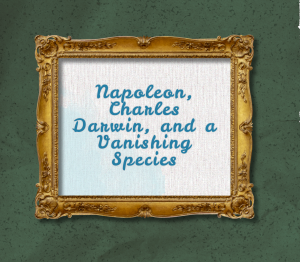
The 1800s: Napoleon, Charles Darwin, and a Vanishing Species
By the 19th century, pigeons had become an essential part of warfare, business, and daily life. Napoleon’s army relied heavily on pigeon messengers to relay information across battlefields. In finance, banking moguls used pigeons to outpace competitors by gaining early access to market shifts. Traders would release pigeons carrying stock prices, allowing investors to act before slower, land-based communication methods could deliver the same news.
Pigeons also played a major role in Charles Darwin’s research on evolution. While he is best known for his work on finches, Darwin bred pigeons extensively and studied their vast genetic diversity. He used pigeons to demonstrate how selective breeding could lead to significant changes over generations, helping to support his theory of natural selection.
This century also saw one of the most tragic pigeon-related events in history: the extinction of the passenger pigeon. Once the most abundant bird in North America, passenger pigeons were hunted relentlessly for food and sport. At one point, their flocks were so large that they darkened the sky for hours during migration. However, by 1914, the species was completely extinct, with the last known pigeon, Martha, dying in the Cincinnati Zoo.
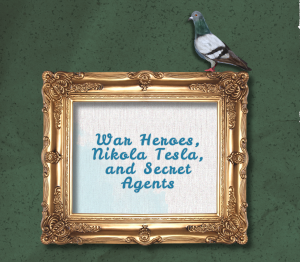
The 20th Century: War Heroes, Nikola Tesla, and Secret Agents
Pigeons became wartime heroes in both World War I and World War II, saving thousands of lives by delivering critical messages behind enemy lines. One of the most famous war pigeons, Cher Ami, carried a message that saved nearly 200 soldiers despite being shot, losing a leg, and being blinded in one eye. She was awarded the French Croix de Guerre for bravery, cementing pigeons’ place in military history.
Nikola Tesla, the brilliant inventor and electrical engineer, also had a deep love for pigeons. He often visited parks in New York City to feed and care for injured pigeons, even bringing some into his home. Tesla once claimed to have loved a particular white pigeon as one would love a human, saying she was the joy of his life. Some historians believe his devotion to pigeons reflected his eccentric personality and deep empathy for living creatures.
During the Cold War, intelligence agencies took pigeons’ skills even further. The CIA trained pigeons as spies, equipping them with tiny cameras to capture aerial photographs of enemy locations. Declassified documents reveal that pigeons were considered ideal for surveillance because they were difficult to detect on radar. Meanwhile, a pigeon named G.I. Joe saved over 1,000 soldiers in World War II by delivering a crucial message that prevented a friendly bombing raid, proving once again that pigeons could be as valuable as any human courier.

The Modern Era: From Racing to Science
While pigeons are often seen as city pests today, they still play fascinating roles in modern society. Pigeon racing has become a multimillion-dollar sport, with specially bred pigeons competing in long-distance races. In 2020, a Belgian racing pigeon named New Kim was sold for a record-breaking $1.9 million, making her the most expensive pigeon in history.
Beyond sports, pigeons continue to contribute to science and technology. Researchers study them to better understand navigation and memory, while experiments have shown that pigeons can even differentiate between paintings by Monet and Picasso. Some cities have begun using trained pigeons to monitor air pollution, equipping them with tiny sensors to detect changes in air quality. Their ability to adapt to urban life has made them one of the most successful species in the world.
From sacred messengers to war heroes, spies, and even million-dollar racers, pigeons have had one of the most fascinating journeys in history. Despite their sometimes bad reputation, they continue to surprise us with their intelligence, resilience, and ability to adapt. Whether helping ancient rulers maintain power, saving soldiers in battle, or assisting modern scientists in groundbreaking research, pigeons have proved time and time again that they are far more than just ordinary birds.
Next time you see a pigeon on the sidewalk, remember—you might be looking at the descendant of a war hero, a millionaire racer, or even a former spy.

